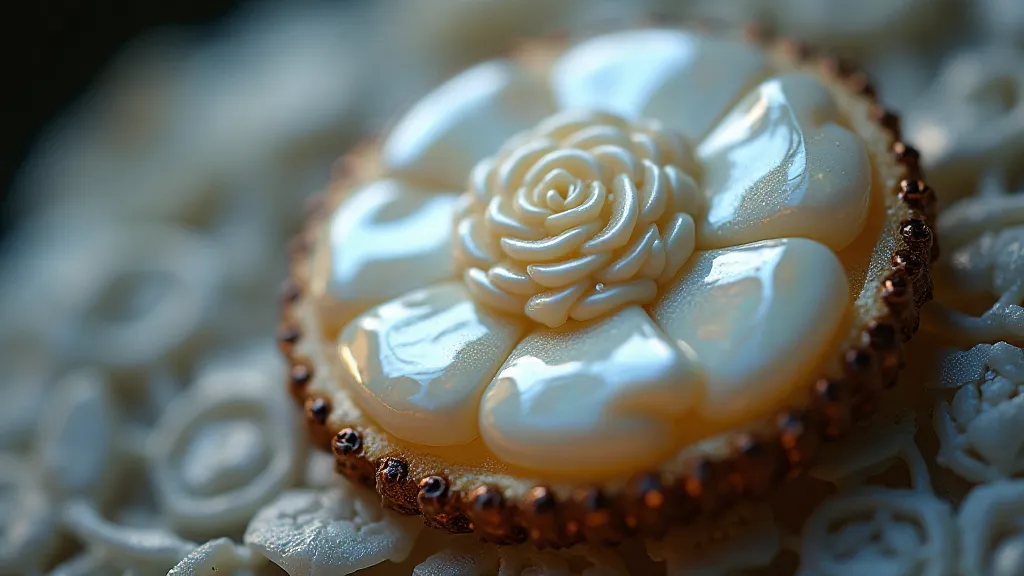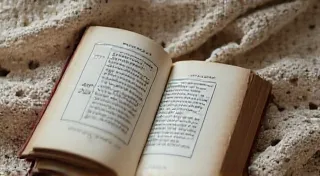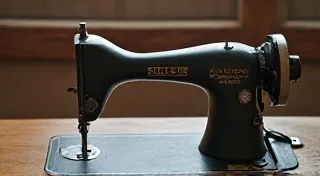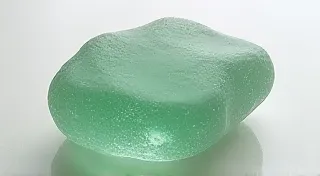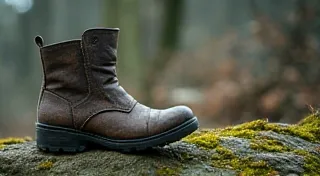The Button's Whisper: Stories Embedded in Mother-of-Pearl Buttons
There's a particular thrill that washes over you when you hold a truly remarkable vintage button. It’s not merely the tactile pleasure of the material, although that’s undeniable. It's the sense that you're holding something imbued with history, a tiny portal to a bygone era. And few buttons evoke that feeling more powerfully than those crafted from mother-of-pearl. They aren’t just fasteners; they are miniature works of art, shimmering testaments to a craft that demanded patience, skill, and an unwavering eye for beauty.
I remember my grandmother, a woman of quiet grace and immense practicality, meticulously mending clothes. Her hands, worn smooth by years of labor, always paused with reverence when she reached for her collection of mother-of-pearl buttons. They were remnants of her own mother's dresses, salvaged pieces of cherished memories. The way she’d polish them with a soft cloth, the soft murmur of reminiscence as she spoke of the dress they once adorned – it instilled in me a lifelong appreciation for these small, luminous treasures.
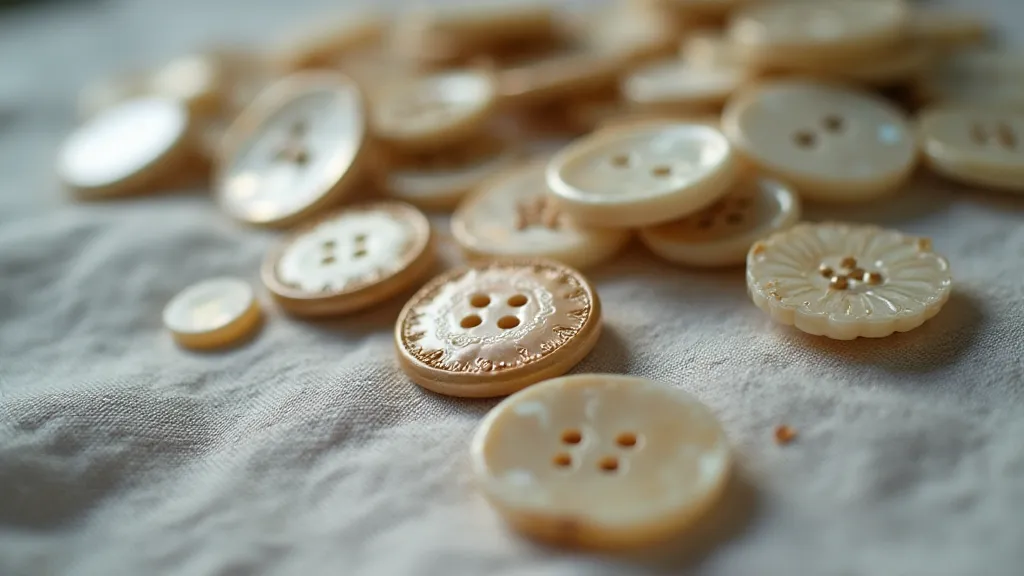
The Allure of Nacre: More Than Just a Material
Mother-of-pearl, or nacre, isn't a material easily described. It’s the inner lining of certain mollusk shells, primarily oysters and mussels. It’s what gives the inside of a shell that gorgeous, opalescent sheen. The shimmering effect isn’s just about color; it's about the way light interacts with the layers of aragonite crystals and organic matrices that form the nacre’s structure. Each button is unique, a fingerprint of the shell from which it was harvested.
For centuries, nacre has been highly prized. In ancient civilizations, it was associated with wealth, beauty, and even royalty. The Romans used it for decorative inlays, and in the Far East, it held deep spiritual significance. The Japanese, particularly, valued nacre for its ethereal beauty, incorporating it into traditional crafts and ceremonies.
From Seashell to Button: A Journey of Skill
The process of creating mother-of-pearl buttons was, and remains, incredibly labor-intensive. Initially, skilled divers would harvest the shells from the ocean floor – a dangerous and demanding occupation. The shells were then carefully cleaned and sliced into thin sheets. These sheets were then meticulously cut into button shapes, using hand-powered saws or, later, early mechanical cutters.
The cutting was just the beginning. Many buttons were then hand-carved with intricate designs – flowers, animals, geometric patterns – showcasing the artisan's skill. Others were simply polished to a gleaming finish. Holes were drilled, often by hand, a surprisingly delicate task that required a steady hand and a keen eye. Finally, metal shanks or loops were attached to the back of the button, allowing it to be sewn onto fabric.
The Golden Age of Mother-of-Pearl Buttons (1880-1930)
The late 19th and early 20th centuries represent the “golden age” of mother-of-pearl button production. Advances in manufacturing, coupled with a burgeoning fashion industry, led to increased demand. Factories sprang up in Europe, particularly in Germany, France, and England, and later in Japan. These factories employed vast numbers of workers, many of whom were women and children, and produced buttons in astonishing quantities.
While mass production certainly occurred, the finest mother-of-pearl buttons retained the hallmarks of hand craftsmanship. The subtle variations in shape, color, and design are a testament to the human touch. These buttons were often used to adorn high-end garments – tailored suits, elegant dresses, and luxurious coats – symbols of status and refinement.
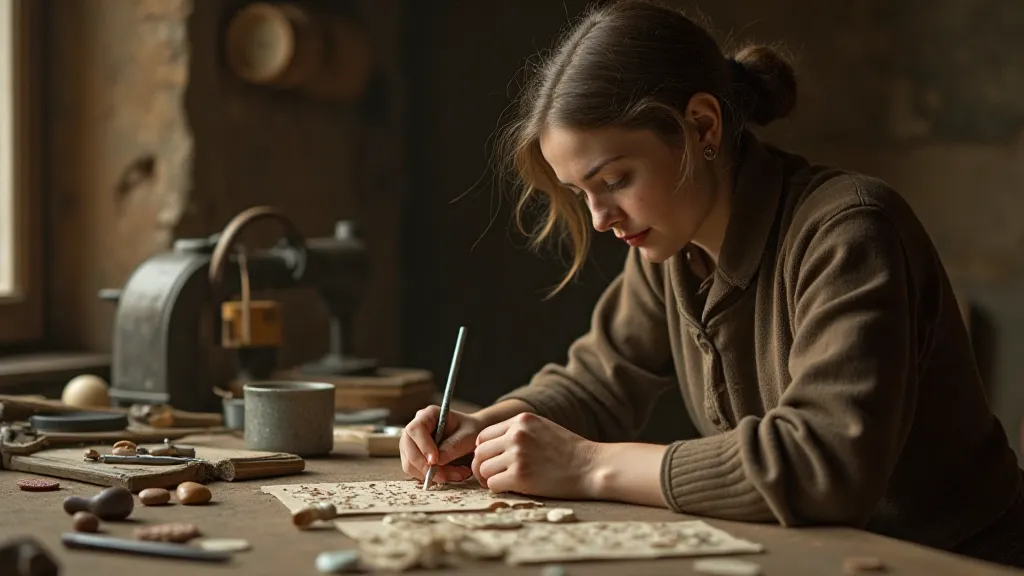
Collecting Mother-of-Pearl Buttons: A Journey Through Time
Collecting vintage mother-of-pearl buttons is more than just amassing a collection of objects; it’s a journey through history, a window into a lost world of craftsmanship and elegance. What should a collector look for? There are a few key aspects to consider.
- Origin: German, French, English, and Japanese buttons each have distinctive characteristics. German buttons often feature bold, geometric designs, while French buttons are known for their delicacy and elegance. Japanese buttons are renowned for their exquisite carving and unique patterns.
- Design: Consider the artistry. Buttons carved with intricate floral designs or depicting animals are particularly valuable.
- Condition: While some wear and tear is inevitable with antique buttons, avoid buttons that are severely chipped, cracked, or discolored.
- Size & Shank Type: Different eras used different sizes and shank types. Button sizes evolved over time, and shank styles (flat, slotted, loop) can help narrow down the production era.
Restoration of mother-of-pearl buttons should be approached with extreme caution. Harsh chemicals can damage the delicate surface, and excessive polishing can remove the natural luster. Gentle cleaning with a soft cloth and mild soap is often the best approach. Sometimes, a simple re-polishing with a dedicated button polish can help restore the shine.
Beyond Fasteners: Mother-of-Pearl Buttons as Keepsakes
These weren't just functional closures; they were decorative accents, miniature works of art intended to enhance the overall aesthetic of a garment. Today, they are tangible links to the past, evoking a sense of nostalgia and romance.
I now keep my grandmother’s button collection in a small, velvet-lined box. Each time I open it, I'm transported back to her kitchen, to the scent of lavender and the murmur of her stories. Holding those luminous buttons, I feel a connection to her, to her mother, and to all the women who wore them before me. They are more than just buttons; they are whispers from the past, stories embedded in iridescent beauty.
